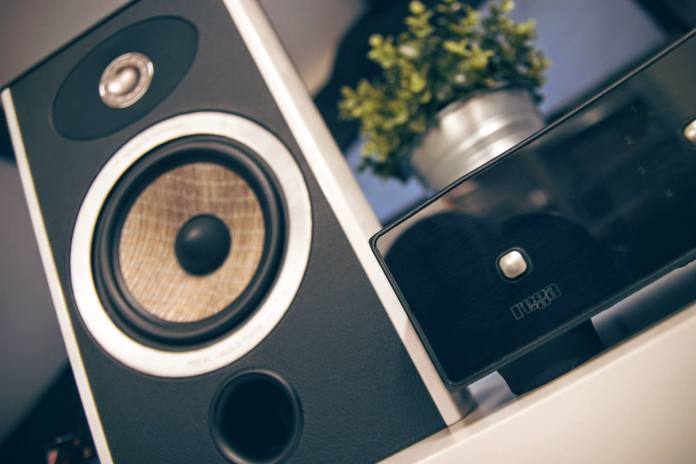The different amplification classes are used to define the behavior of electronic components (transistors) in a hi-fi amplifier or AV receiver when the device is powered but receives no signal. This state is called the resting point (or operating point) and establishes the activation rate of the transistors and the class of the amplifier.
Class A: the timeless one
The very first class of amplification implies that the components work at 100% of their capacity at the amplifier’s resting point. Class A amplifiers are considered by many as the most musical and warmest models. Because transistors are working at full capacity, this class of amplifiers generates a lot of heat. This very stable type of operation allows for a low distortion rate of the output signal (then transmitted to the speakers or headphones), and these amplifiers are both precise and warm sounding. The drawback is that they are not extremely efficient and require a large transformer (and therefore a lot of power).

Class B: the forgotten one
Electronic components in class B amplifiers work at 50% capacity when the amplifier is at its resting point. Created after class A amplification, it was thus called class B. This type of amplification is more efficient than class A amplification but has a much higher output distortion rate. Class B amplifiers are less musical than their class A counterparts. Today, it is very uncommon for manufacturers to use this type of amplification for hi-fi or home cinema amplifiers.
Class AB: the best of both worlds
Class AB amplifiers are very frequently used today and set the operating point of their components midway between the 100% of class A and 50% of class B. Depending on the power of the input signal, the amplifier functions in class A or class B. This type of amplifier is widely used in the hi-fi world. Class AB is therefore a combination of class A and class B.

Class D: high efficiency
Class D amplification implies two resting points, with one set at 0% and the other at 100%. Technologically sophisticated, these amplifiers have a very high efficiency rate which allows manufacturers to use low-capacity power components. Class D amplifiers have a very low power consumption and used to lack in musicality. Today, many hi-fi amplifiers and AV receivers are class D and offer a great sound, notably amplifiers used for wireless speakers. This type of amplification is also used for many subwoofers, in which case it provides excellent results.

Class H: even more efficiency
Class H uses an amplifier whose power supply voltage adapts or is modulated by the input signal. Unlike a traditional amplifier where the voltage of the power supply stage is constant, the voltage of a Class H amplifier adapts to continuously maintain its output voltage at a slightly higher level than necessary. This modulated power supply is usually performed by a class D amplifier, but can also be performed by a class B model. This process limits the power lost in the output transistors, thus increasing the efficiency of the amplifier.

Note: there are other amplification classes (C for example), but these are not used for high-fidelity purposes.







